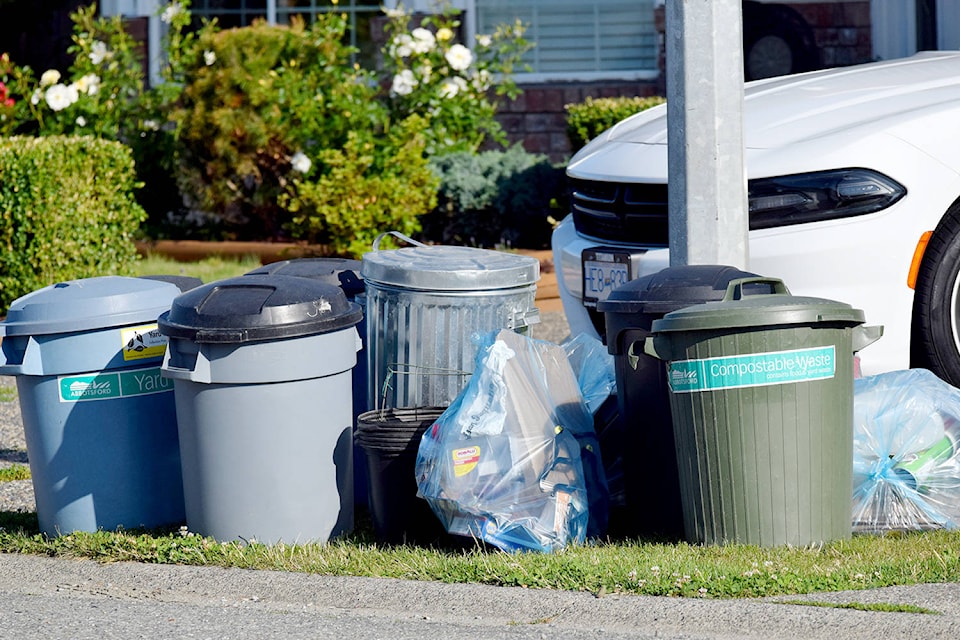The Capital Regional District is down in the dumps over the results of a recent study.
In a waste composition study released in 2016, it was revealed that 32.2 per cent of trash coming from single-family homes is recyclable material including paper, cardboard, glass and plastic. When you add in the organic material and metals that end up in the Hartland Landfill, that figure climbs to more than 60 per cent of items from single family homes could be processed for re-use.
The numbers have prompted the CRD to reassess its solid waste management plan for the first time since 1995. The CRD is conducting public engagement sessions to better understand people’s needs, and comprise a plan to reduce solid waste going into the landfill by one third by 2030.
READ MORE: CRD aims to reduce solid waste going to Hartland Landfill by a third by 2030
But this is one issue where the blame falls more on us citizens than our elected representatives. We must all redouble our efforts to ensure our garbage is separated from organic waste, paper, plastic and other recyclables when we haul it out to the curb. Our tax dollars go toward the collection of trash and recyclables every two weeks, the least we can do is make sure that money is well spent.
The CRD is promising to roll out an education campaign to increase public awareness on what items can be recycled and where they should be taken. We owe it to ourselves – along with future generations – to make sure this campaign succeeds.
VIDEO: City of Victoria finds high numbers of single-use items in initial stages of garbage analysis
The Hartland landfill does still take a large portion of recyclables at its recycle depot, where residents can drop off recycling materials for free. According to a 2018 report, the recycling depot saw more than 547 tonnes of paper and cardboard, and more than nine tonnes of plastic collected. In 2015, the CRD implemented a ban on kitchen scraps to save space and reduce greenhouse gases. It is believed that organic components are the largest contributor to waste.
And you don’t even have to go to the effort of setting up a backyard compost bin (although that is a really great idea). It’s just a matter of separating your organic materials from the rest of your household trash and putting it into the green bin. It really is the least we can do.



